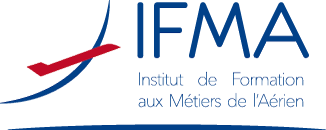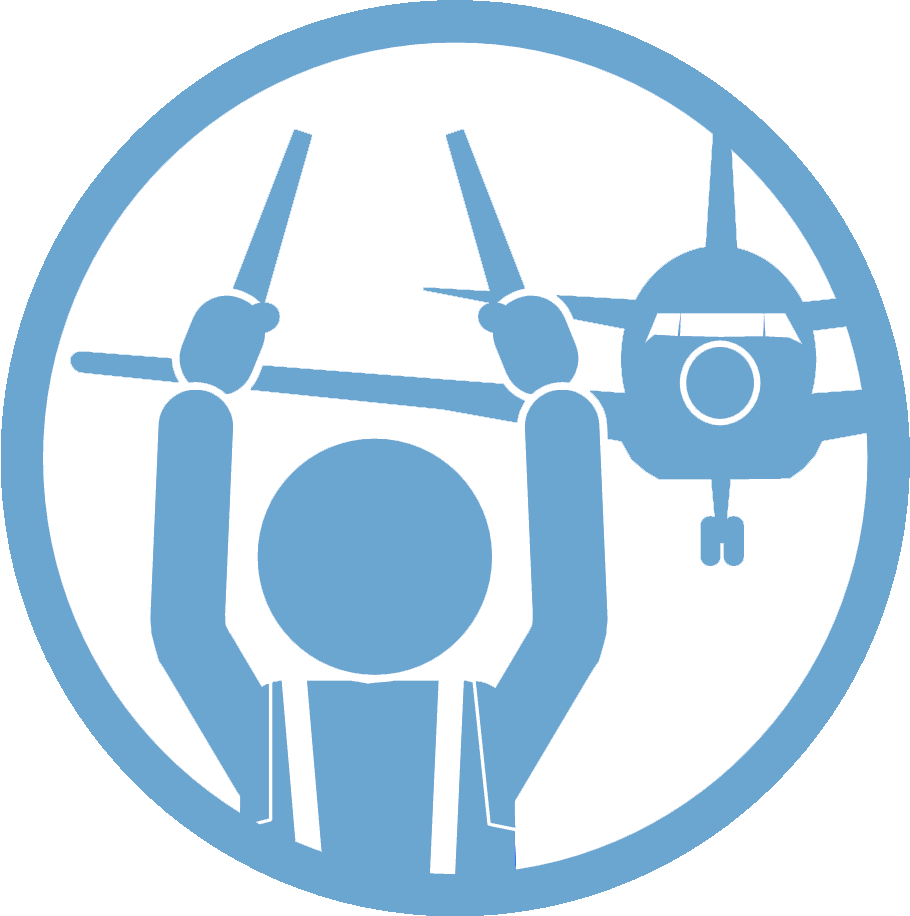
Ramp - Aircraft Handling and Loading
42 Training
IFMA offers all training related to ground handling assistance. From aircraft loading, whether bulk or mechanised, to the various ground assistance functions, find out about all the training courses offered.
Courses are available for initial or skills maintenance training.
All our practical training course begin with theoretical instruction and take place close to the aircraft allowing the trainees to acquire real operational skills.
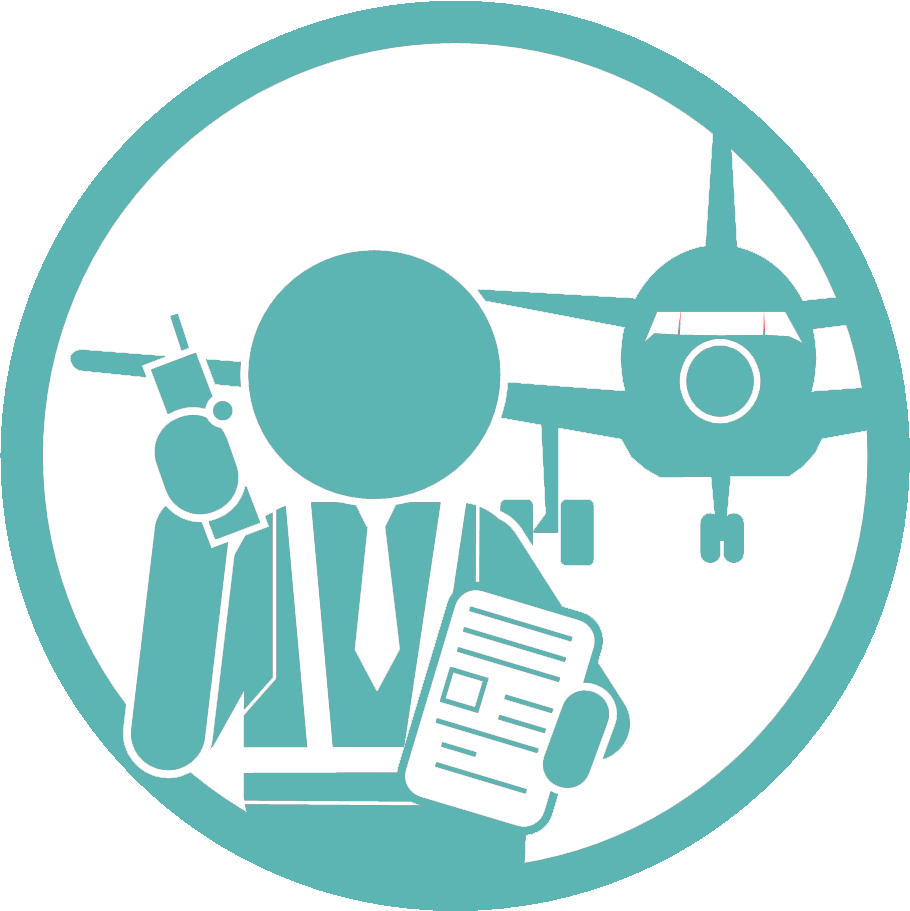
Load Control / Traffic
6 Training
Find out about the courses enabling you to become a Load Controller / Traffic Agent or to maintain your skills.

Passenger Ground Services
6 Training
Essential training to enable you to receive your customers in the check-in and boarding areas.

Dangerous Goods Regulations
20 Training
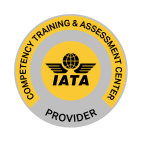
The regulations for the air transport of dangerous goods are changing!
ICAO has introduced in its technical instructions an alternative training method to the current training method based on personnel categories. This new method, called CBT (competency based training), aims to provide employees, through targeted training, with the knowledge and skills necessary to perform the work assigned to them according to the level of performance required.
IFMA has developed training programs based on ICAO regulations and IATA DGR recommendations. The training courses we offer, from function 7.1 to function 7.10, are all accredited and certified CBT IATA.

Security
12 Training
Required training for all airport staff to ensure compliance with European security regulations.

Safety
4 Training
Safety is the number one priority at IFMA. These training courses are essential to ensuring that safety becomes everyone’s responsibility.
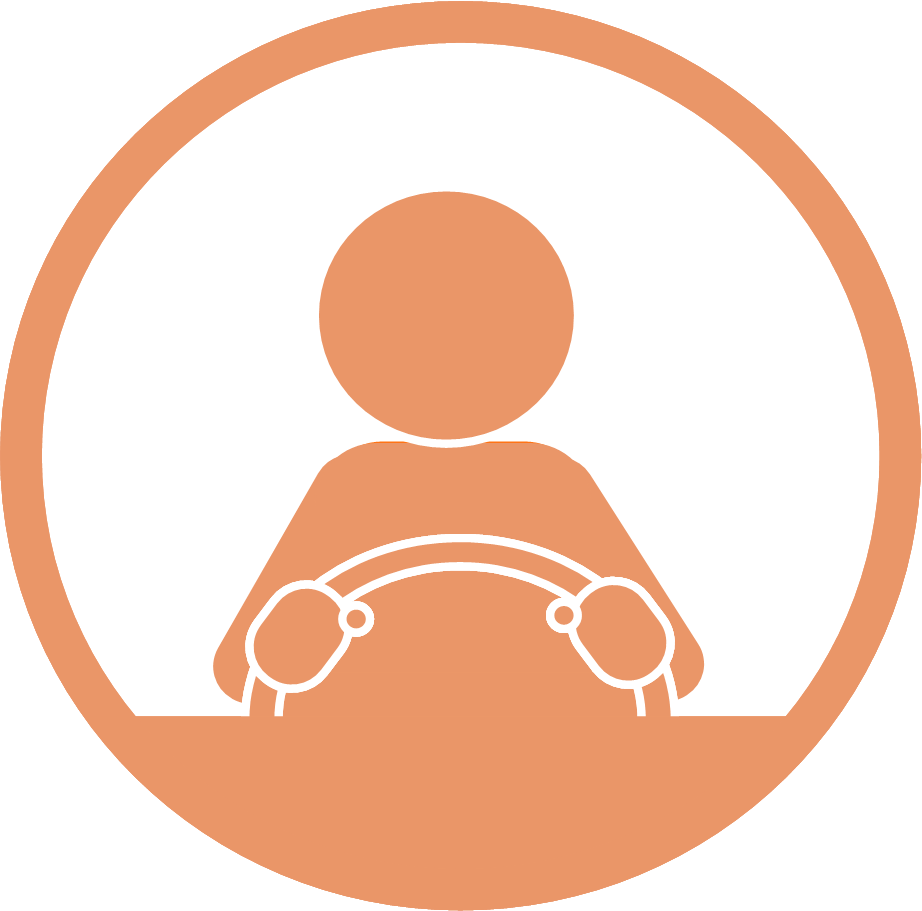
Airport Driver's License
4 Training
Training to obtain a driver’s license for the Traffic or Manoeuvring Areas on the Paris Orly and Paris Charles de Gaulle airports.
Accredited by the French Civil Aviation Authority (DGAC).

Miscellaneous Training
8 Training
Find courses that will help you diversify and improve your skills, as well as regulatory trainings complying with the requirements of the Labor Code.

